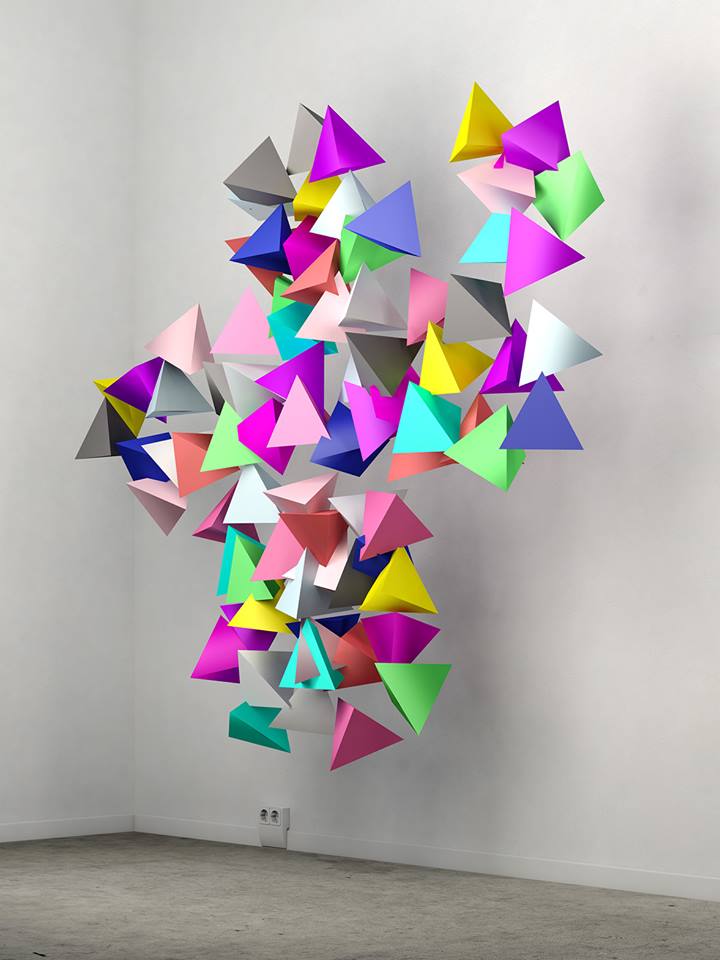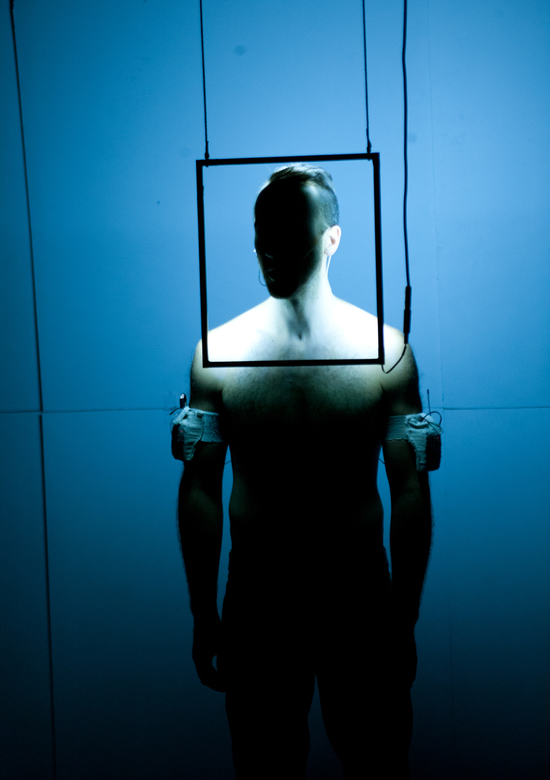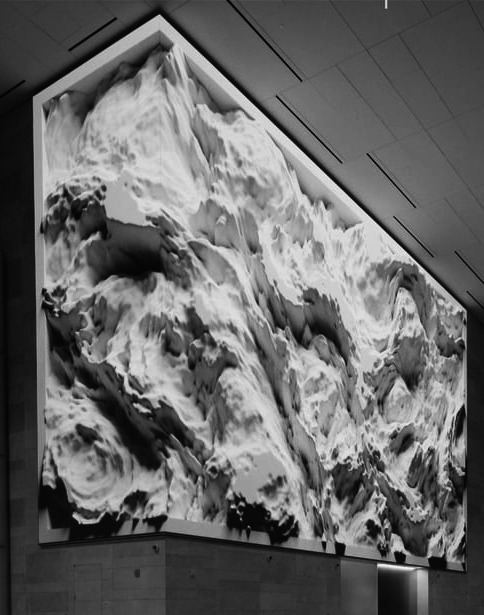
Tangible Media Group
Transform
A few months ago, an MIT team showed the inForm physical interface, which mimics its movements in real time. This week in Milan, they presented the next iteration of the system, much bigger and even more sophisticated. You need to see the videos. The team is called Tangible Media Group, led by Professor Hiroshi Ishii; they explore how digital interfaces – present in every gadget we use – can be transformed into physical objects.






